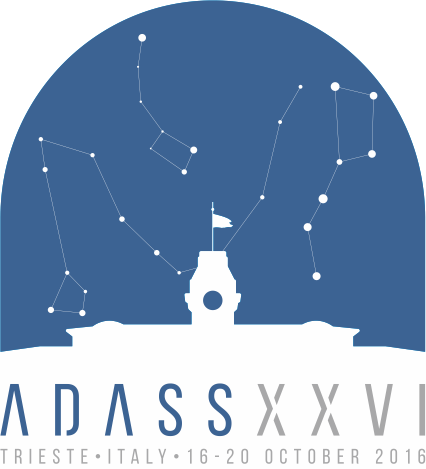Meade Bernard
Contact
- Position:
- Center for Astrophysics and Supercomputing, Swinburne University of Technology, Melbourne, Australia
- Address
- Australia
Miscellaneous Information
- Miscellaneous Information
-
Abstract Reference: 30288
Identifier: O4.4
Presentation: Oral communication
Key Theme: 7 Surveys for Transient Objects in the Era of Gravitational Wave Astronomy
Optimised workspaces enhance time-critical astronomyAuthors:
Meade Bernard, Fluke Christopher, Cooke Jeffrey, Tyler Pritchard, Andreoni Igor,Fast Radio Bursts (FRBs) and high-energy transients can now be detected in seconds, however obtaining optical counterparts to understand their nature has previously been too technologically challenging. The Deeper Wider Faster program overcomes these challenges by coordinating simultaneous observations using the Parkes Radio Telescope, the NASA Swift space telescope, and the DECam optical imager at Cerro Tololo Inter-American Observatory to detect fast transients and performing real-time analysis of the data. A key challenge for the project team is the need to view many candidate transient objects that are identified by an automated pipeline. Only once there is certainty about a transient candidate will a further trigger be sent to several standby telescopes, including the Gemini and SALT observatories, for rapid spectroscopic follow up. With more than 1855 CCD images produced by the DECam imager to inspect, at 4000 x 2000 pixels per image, the workflow is taxing for individual astronomers to contribute from their desktops. A collaborative work space was used successfully during the December 2015 campaign. This work space comprised a 98 megapixel Tiled Display Wall, operating with the SAGE2 software, and a large-format curved projection space. Based on lessons learnt, we report here on the use of an improved version of this display ecology during the July 2016 campaign. We highlight the improvements we have made to the workflow: (i) a revised physical configuration of the Tiled Display to improve collaborative inspection; (ii) a move away from SAGE2 so that native astronomical software and file formats can be better utilised; and (iii) the integration of candidate tracking throughout the analysis process.



